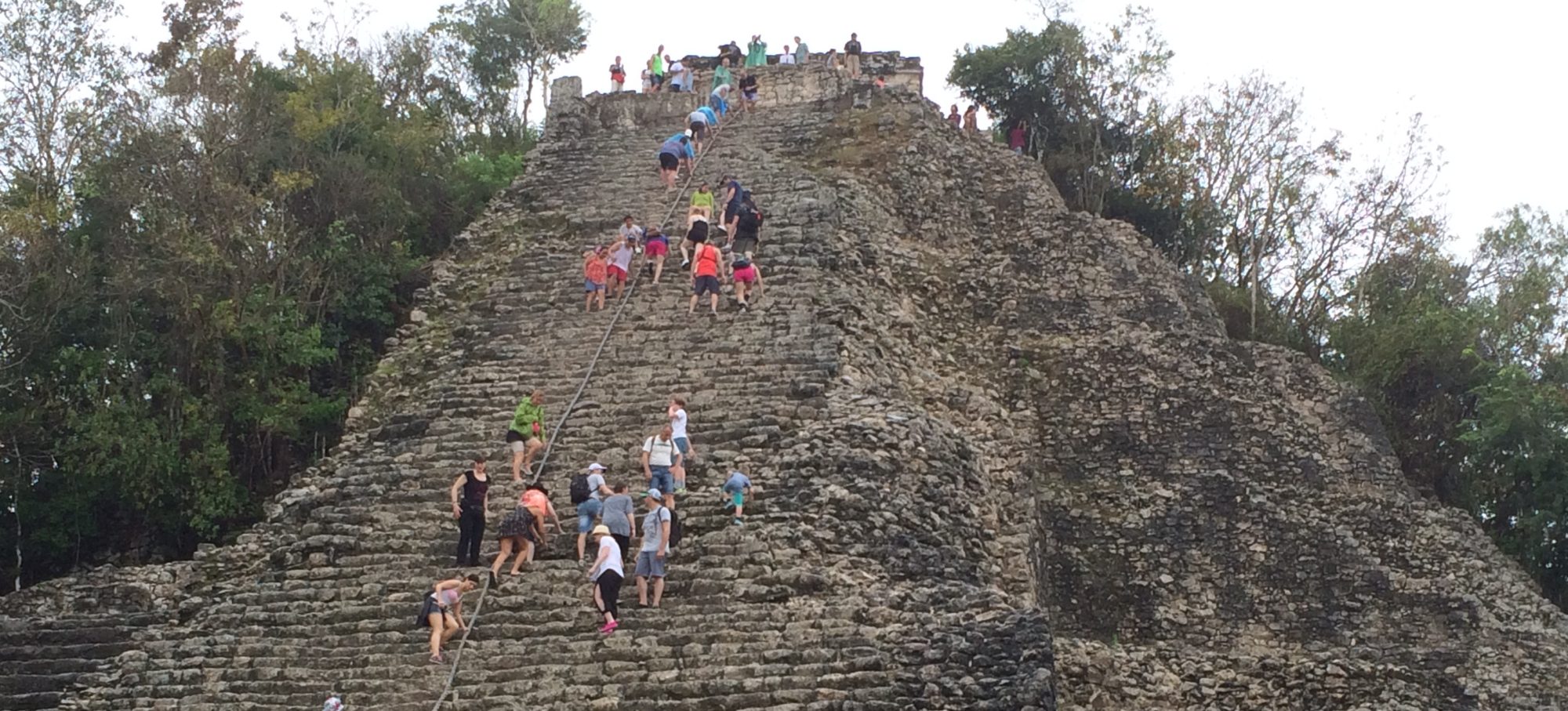May 5, 2018 Dr. Gabrielle Vail: Workshop: “Warfare, Hunting, and Venus in the Maya and Borgia Group Codices” and Lecture: “Hero Twins: Narratives from Mesoamerica and Beyond”
Morning Codex Workshop: “Warfare, Hunting, and Venus in the Maya and Borgia Group Codices”
Dr. Gabrielle Vail specializes in the study of Maya hieroglyphic texts, with an emphasis on prehispanic Maya ritual and religion. Her work is highlighted in over sixty publications, as well as the online Maya Codices Database (www.mayacodices.org), a collaborative project undertaken with funding from the National Endowment for the Humanities.The Morning Star aspect of Venus is represented as a warrior deity in the Venus table in the Dresden Codex and in three cognate almanacs from the Borgia, Cospi, and Vaticanus B codices from the Borgia group. In each instance, five separate manifestations of the planet are pictured, corresponding to the five patterns it traces in the sky as a Morning Star over a period of 1920 days. Other aspects of Venus, known through ethnographic and ethnohistoric sources, are patrons of the wild animals, as well as deities of the hunt. Representations of these figures occur in the hunting almanacs of the Madrid Codex, where they carry weapons associated with Venus. The rain deity Chaak may take on the role of Venus, in either its Morning Star or Evening Star aspect. The workshop explored Venus iconography in Mesoamerican codices and the lore associated with the planet in its various deity manifestations.
The workshop was designed for participants with an interest in Mesoamerican codices, deities, and mythology. The workshop focused on identifying calendrical, iconographic, and/or hieroglyphic references to eclipses in codices and murals painted by Maya scribes during the Postclassic period.
Afternoon Lecture: “Hero Twins: Narratives from Mesoamerica and Beyond”Twin brothers play an important role in creation accounts in colonial period texts from the Maya and Aztec cultures, and in more recent narratives recorded among speakers of highland Mayan languages, as well as Native American cultures such as the Zuni and other Southwestern groups. The presentation examined commonalities in themes among the different traditions, which include ridding the world of monsters to make it safe for human habitation, journeys to otherworld places (the underworld and/or upperworld), and transformation into celestial luminaries. Special emphasis was placed on discussing representations of these themes in the iconography and material culture of the respective cultures.
Close correspondences have been documented in accounts of world destruction and renewal from the Postclassic Maya codices and colonial period texts deriving from various parts of the Maya area, including the Yucatecan Books of Chilam Balam and the Popol Vuh. Although various triggers can be identified, floods associated with eclipses, Venus deities, and earth monsters appear to be key components of narratives of world destruction in each of the sources examined. By incorporating references to these mythological episodes in divinatory texts, Maya daykeepers could protect against their recurrence by undertaking the appropriate ritual actions at times of celestial danger. Such ritual action was especially important at the time of period endings relating both to the annual (haab’) cycle and to the twenty-year k’atun period. Cyclical world renewal rituals helped prevent the forces of darkness and chaos from overwhelming the world and represented a time of rebirth and renewed life.
Gabrielle Vail received her Ph.D. in Anthropology from Tulane University, with a specialization in Maya archaeology. Her research emphasizes prehispanic Maya ritual and religion, as well as calendrical and astronomical texts, documented in the Maya screenfold codices. Her work is highlighted in over sixty publications, as well as the online Maya Codices Database (www.mayacodices.org), a collaborative project undertaken with funding from the National Endowment for the Humanities. Her publications include Códice de Madrid (Universidad Mesoamericana, 2013), Re-Creating Primordial Time: Foundation Rituals and Mythology in the Postclassic Maya Codices with Christine Hernández (University Press of Colorado, 2013), and a chapter in Cosmology, Calendars, and Horizon-Based Astronomy in Ancient Mesoamerica (University of Colorado Press, 2015). From 2016-17, Dr. Vail was Program Director for InHerit: Indigenous Heritage Passed and Present, based in the Research Labs of Archaeology at the University of North Carolina, Chapel Hill. In that position, she coordinated a cultural exchange program involving high school students of Maya descent in western North Carolina and Yucatec Maya students at the Universidad de Oriente in Valladolid, Yucatán.

